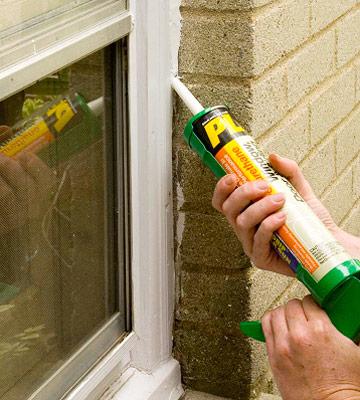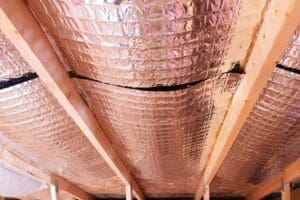Friday, January 13th, 2021
Finding condensation on your windows during the cooler months may be common, but it’s not normal. This is your homes way of telling you that something is going on.

Why it’s happening and why you should care
First things first, why is it happening? Simply put, when warm air and a cooler surface meet, you get condensation. Condensation is a problem because when moisture buildup is left untreated it can lead to mold, mildew, and water damage.
There are a variety of things you can do to combat condensation. First, it’s in your best interest to see how energy-efficient your home is by getting a home energy audit. This is like a “medical” checkup for you home. Through a variety of tests, an energy audit can pinpoint the exact areas that are contributing to home issues and high energy bills. It’s best to always test and never guess, as this will save you time and money in the long run.
These are three other areas to look at to solve the problem.
1. Reduce Moisture
One way to help prevent condensation on your windows is to reduce moisture in the room where the problem is occurring. While it seems odd to take moisture out of the air in winter, a time when everything feels dry, many homes produce too much moisture. So, while it seems counter-intuitive, getting rid of or managing the moisture in your home is beneficial. Several areas where homeowners can improve the amount of moisture that is released in their homes is to add water-efficient showerheads and home appliances. Another important area to analyze is your dryer ventilation. A properly ventilated dryer can go a long way in reducing the amount of moisture in your home. And finally, if all else fails, add a portable home dehumidifier to the room that is giving you the most problems.
2. Stop Air Leakage
Another guilty culprit is windows that do not keep out the cold. If the cold can easily get past those storm windows and bring down the temperature of your inside window pane, it increases the likelihood of condensation. Here are the three options you have. First, get yourself some window weather stripping and line your windows as instructed. Secondly, purchase some silicone caulk and seal the perimeter. Lastly, if your windows are older and are in need of being replaced, investing in some new windows for your home may be a good idea.

3. Ventilate Properly
In connection with reducing the moisture in your home, having a home that is ventilated properly can go a long way in reducing window condensation. One way to do this is to run the existing exhaust fans you already have in your home. Running that bathroom or kitchen exhaust fan for an extra hour or two can go a long way in circulating the moisture in your home and keeping it away from your windows.
Other Advice
Other ways to prevent condensation on your windows is to make sure to keep blinds and curtains away from home windows. It doesn’t mean that you have to keep your windows bare throughout the winter, but keeping those windows free from coverings helps to prevent the moisture from hiding near the window.




